Art World
Art Advice Gleaned From Classic Christmas Movies
What Bing Crosby, Macaulay Culkin, and Gonzo can teach us about art.
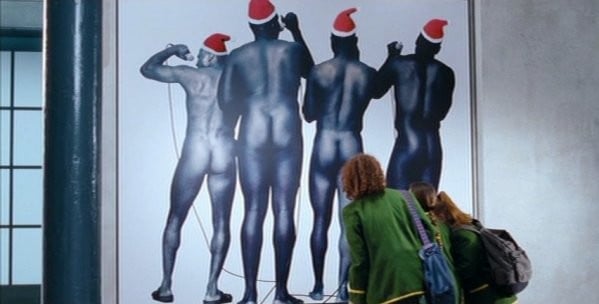
What Bing Crosby, Macaulay Culkin, and Gonzo can teach us about art.

Sarah Cascone

By now, artnet News hopes you’re curled up in front of the fire, surrounded by loved ones and a pile of unwrapped gifts, unwinding with a glass of eggnog and one of your favorite holiday movies as a roast cooks in the oven. We just ask that you watch classic Christmas movies with art in mind—you’d be surprised how many useful art tips you’ll find, if you look hard enough.
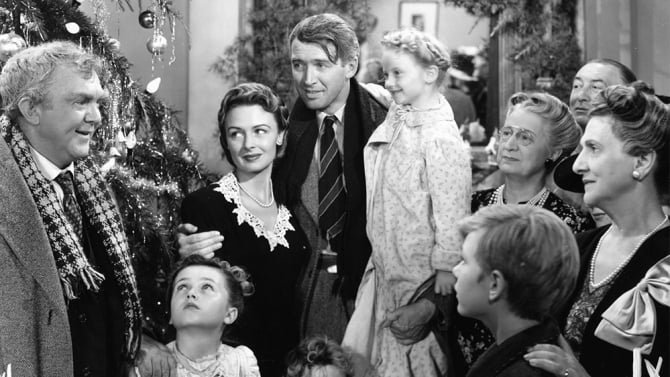
It’s a Wonderful Life
It’s a Wonderful Life
Don’t underestimate how much your support can help preserve great works of art.
When Jimmy Stewart’s suicidal George Bailey is visited by his guardian angel, he is shown what the lives of his friends and family would be like if he had never been born. Among the many things that would have gone terribly, terribly wrong, the beautiful old house that Bailey and his family call home would have fallen into complete disrepair. The lesson to take away here is that everyone one of us can do our part to preserve important art and architecture (see “Are These 11 American Art Landscapes Worth Saving?“), and that no amount of help, no matter how seemingly insignificant, is too small.

Love Actually
Love Actually
Don’t do a holiday-themed gallery show of naked Christmas art.
This one should be a no brainer, but really, no one wants to see an oversize photo of boobs censored with a tiny pair of Santa hat pasties, and you’re only setting yourself up for a lot of immature giggling. (No offense to the real life David Bellemere, who apparently shot the sexed-up photos credited in the film to Yushio Mahoto.) For good measure, we’d also advise against trying to seduce your married boss at said art gallery, even if he is Alan Rickman, and the place is “full of dark corners, for doing dark deeds.” It’s just bad form, and it hurts Emma Thompson’s feelings.
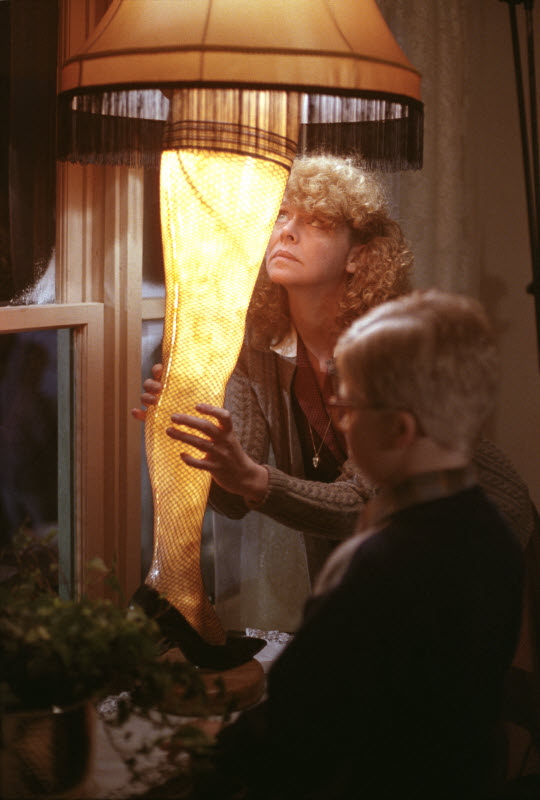
A Christmas Story
A Christmas Story
Do respect design as art, even if it is in the form of an over-sexed leg lamp.
As much as we love the Cooper Hewitt, especially post-renovations (see “Revamped Cooper Hewitt Museum Debuts“), some design can be difficult to love. Take the divisive leg lamp of A Christmas Story. The men of the family reveled in the “soft glow of electric sex,” but Ralphie’s jealous mom, unhappy that her husband has been honored with a “major award,” purposefully knocked it over while dusting. That’s no way to treat a work of art! Eroticism has its place, and you’re just going to have to deal with it, wall of penises and all (see “Wall of Wiggling 3-D-Printed Penises Is Actually Good“).
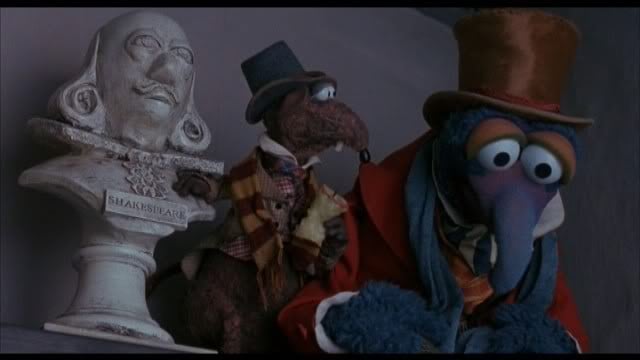
A Muppet Christmas Carol
A Muppet Christmas Carol
Don’t let your art collection fall into disrepair.
In this case, the lesson is simple. As Michael Caine’s Scrooge revisits his past Christmases, narrators Gonzo and Rizzo perch next to a row of Muppet-like marble busts on a shelf in the back of his childhood schoolhouse. The years pass, and the statues grow old, one losing its round, bulbous nose. Eventually, the shelf collapses, burying Gonzo and Rizzo in a pile of rubble. Don’t neglect your art. Conservations and repairs can be an expensive business, so take care of your collection, less you be haunted by the ghosts of artworks past.

Home Alone
Home Alone
Take unorthodox security measures to protect your art.
Believe it or not, the good folks at Salon are actually advocating Kevin McCallister–style booby traps (albeit altered to avoid breaking the law) to deter would-be art thieves. The article points out that while high-tech security systems are all well and good, if the burglars can get in and out fast enough, it doesn’t matter if the alarm is tripped. That’s where a more low-tech approach comes in handy, often using household items like those employed by little Kevin. Hiding marbles behind a picture frame makes a loud noise if the painting is moved, and hanging canvases with more complicated wires and bolts can confound criminals just long enough to foil the heist.

A Charlie Brown Christmas
A Charlie Brown Christmas
Sometimes art is about the message, not the aesthetics.
All too often, the appeal of a work of contemporary art might not be readily apparent on first glance. Much like how Charlie Brown and his friends are at first disappointed by their small, rather unimpressive little tree, it can be hard to appreciate some visually unassuming artworks. However, just as Charlie and his friends come to learn that even their sad little tree conveys a deeper truth about the true meaning of Christmas, there is often more to art than meets the eye, and the message behind a work can lend it true power.

Elf
Elf
Do let an intense sugar rush inspire a torrid Christmas crafting session guaranteed to turn your home into an artsy winter wonderland.
If only we could all be as productive as Will Ferrell’s Buddy the Elf. Alas, turning our homes (or the children’s section of a major department store) into a festive recreation of the North Pole is probably beyond most of our capabilities, but it doesn’t hurt to tap into your creative energies at the holidays. After a few artsy Christmas cookies (see “How Would Andy Warhol Have Decorated Christmas Cookies?“), we suggest you break out the scissors and the glitter, and go to town. There’s nothing more charming than homemade holiday art.

White Christmas
White Christmas
Don’t let potential profit cloud your sense of artistic integrity.
When musical sensations Wallace and Davis (Bing Crosby and Danny Kaye) team up to help their former Army general save his failing Vermont inn at the holidays, they plot to bring back their whole unit for a Christmas concert to show the old man just how much they appreciate him. Crosby makes the pitch to his Army buddies on national television, but thanks to a misunderstanding, his love interest, played by Rosemary Clooney, believes he’s planning on televising the whole spectacle for the profit it would bring, at the expense of making the general seem like a charity case. Thankfully, she eventually learns the truth, but it never hurts to remember that money and fame aren’t the most important things, even in the art world. Essentially, the take away from White Christmas is “don’t sell out.”
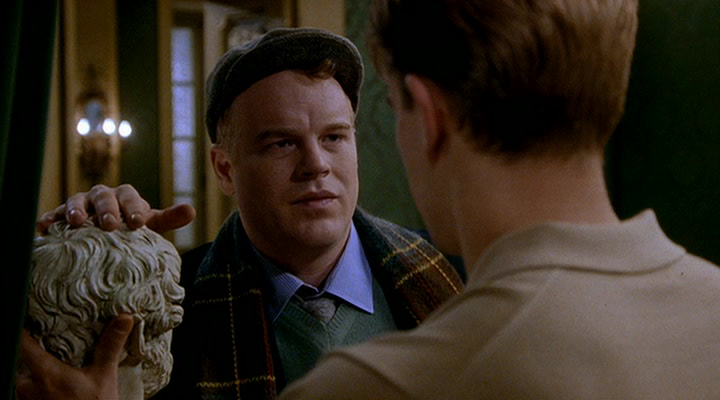
The Talented Mr. Ripley
The Talented Mr. Ripley
Don’t be afraid to seize upon art in unconventional ways.
It’s not traditionally a Christmas movie, but one of the film’s most memorable scenes, in which Matt Damon’s Mr. Ripley murders Philip Seymour Hoffman’s Freddie by hitting him over the head with a classical statue, is set at Christmastime. While we don’t recommend art as a murder weapon, we have to admire Ripley’s inventive thinking. Not many people see an elegant statue and think “wouldn’t that just work perfectly to bludgeon someone to death?” Employed in a less violent manner, it’s that kind of outside-the-box thinking that will really make your art collection shine. Think more “using a bust to display an elegant necklace” and less “smashing brains in,” and you’ll be right on track.